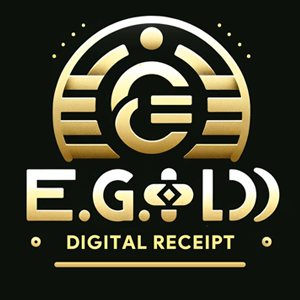Gold has long been a symbol of wealth and security, valued across generations and civilizations. Among the many forms in which gold can be acquired, 1/4 ounce gold coins stand out as an attractive investment option. These coins combine the stability and universal value of gold with the flexibility of a smaller, more accessible unit of currency. Whether you're a seasoned investor or someone looking to start your journey in precious metals, 1/4 ounce gold coins can play a pivotal role in your portfolio. Let’s explore why they are a smart investment choice.
What Are 1/4 Ounce Gold Coins?
A 1/4 ounce gold coin is exactly what it sounds like: a gold coin that weighs a quarter of an ounce. The weight of these coins makes them a bit more affordable compared to their larger counterparts, such as 1-ounce or 1/2 ounce coins. Despite their smaller size, these coins retain a high value due to the intrinsic worth of gold.
Most 1/4 ounce coins are minted in pure gold, typically 24 karats (99.9% purity). These coins often feature iconic designs, making them both valuable as an investment and collectible for numismatists.
Why Choose 1/4 Ounce Gold Coins for Investment?
Investors seek gold for many reasons: stability, protection against inflation, and as a hedge against economic uncertainty. However, when it comes to purchasing gold, the size of the coin plays an important role. Here’s why 1/4 ounce gold coins are an excellent investment option:
1. Affordability and Accessibility
One of the main reasons investors choose 1/4 ounce gold coins is their affordability. Larger gold coins, such as 1-ounce or 1-kilo gold coins, can cost thousands of dollars, which may not fit everyone’s budget. A 1/4 ounce coin allows individuals to gain exposure to the gold market without having to spend large amounts of money upfront. It’s also easier to liquidate in smaller quantities when needed.
2. Flexibility in Diversification
Gold is often considered a safe-haven investment, especially in times of market volatility. However, putting all your funds into one large piece of gold can be a risky strategy. By purchasing smaller gold coins, you can diversify your gold holdings. With a 1/4 ounce gold coin, you have more flexibility to buy multiple coins and spread your investment across different forms of gold. This can mitigate risks and provide more liquidity.
3. Liquidity and Market Demand
1/4 ounce gold coins are highly liquid, meaning they can easily be sold or exchanged at market value. Whether you're selling to a dealer, trading on the open market, or using them for barter, their small size and wide recognition ensure there’s always demand. Some of the most popular 1/4 ounce gold coins include:
- American Gold Eagle
- Canadian Gold Maple Leaf
- South African Krugerrand
These coins are internationally recognized, making them easy to sell or trade anywhere in the world.
4. Portability
Gold is often viewed as an asset that provides security during uncertain times. In the event of a global financial crisis, having portable wealth can prove to be invaluable. 1/4 ounce coins are small enough to store safely yet large enough to retain significant value. Whether you keep them in a personal safe, a safety deposit box, or another secure location, these coins are easy to transport and conceal.
5. Collectible Value
Apart from their role as investments, gold coins can also be highly collectible. Limited-edition coins or coins with historical significance, such as rare mintings or those with unique designs, can appreciate in value beyond the price of the gold they contain. If you’re an enthusiast, 1/4 ounce gold coins can offer dual value—as both an investment and a piece of history.
Who Should Consider Investing in 1/4 Ounce Gold Coins?
Gold investments are suitable for a wide range of investors, but 1/4 ounce gold coins are especially appealing to certain groups:
- New Investors: If you’re new to precious metals, starting with smaller denominations like the 1/4 ounce coin makes sense. It allows you to enter the gold market without a significant initial investment.
- Collectors: Those who appreciate the artistry and history of gold coins will find that 1/4 ounce coins are both collectible and valuable.
- Hedge Against Inflation: Investors looking to protect their wealth from inflation can buy 1/4 ounce gold coins as a safe haven asset.
- Diversified Portfolios: If you already have investments in other assets, adding 1/4 ounce gold coins to your portfolio can further diversify your holdings.
When to Buy 1/4 Ounce Gold Coins?
Timing plays a crucial role in any investment decision. While gold tends to hold its value over the long term, there are certain factors that can influence when to buy gold coins:
- Market Conditions: Gold prices can fluctuate based on supply and demand, global economic conditions, and geopolitical tensions. It may be wise to purchase when gold prices are lower to maximize returns in the future.
- Economic Uncertainty: During times of economic crisis, inflation, or market volatility, gold often appreciates in value. This is the ideal time for investors to buy gold coins as a safeguard against potential financial instability.
Where to Buy 1/4 Ounce Gold Coins?
Buying gold coins is relatively simple, but there are several factors to consider to ensure a safe and reliable purchase:
- Reputable Dealers: Whether online or in physical stores, make sure you buy from a reputable and trusted gold dealer. Many dealers are members of professional organizations, such as the Professional Numismatists Guild (PNG) or Industry Council for Tangible Assets (ICTA).
- Online Platforms: Several online platforms, such as APMEX, JM Bullion, and Kitco, offer competitive pricing on 1/4 ounce gold coins.
- Banks: In some countries, banks sell gold coins. While this is a more formal route, it might not always offer the best pricing compared to dealers or online platforms.
Ensure that the coins are certified by recognized mints, such as the U.S. Mint or the Royal Canadian Mint, for authenticity and purity.
How Do 1/4 Ounce Gold Coins Hold Value?
Gold has always been valued for its scarcity and its role as a store of wealth. The value of a 1/4 ounce gold coin is determined primarily by the current price of gold, which fluctuates based on market conditions. However, there are other factors that can influence a coin's value:
Gold Spot Price
The spot price of gold is the base price for gold per ounce. A 1/4 ounce gold coin will typically be priced at a fraction of the spot price, plus a premium. The premium covers the cost of minting, dealer markup, and sometimes historical or collectible value.
Rarity and Demand
Some gold coins may carry additional value based on their rarity or demand in the marketplace. Limited-edition mintings, special designs, or coins from certain mints can command higher premiums.
Condition
The condition of the coin, graded by numismatic standards, also affects its value. Coins in pristine, uncirculated condition are generally worth more than coins that show signs of wear or damage.
What Are the Risks of Investing in 1/4 Ounce Gold Coins?
While 1/4 ounce gold coins are considered a safe and stable investment, there are some risks to consider:
- Market Fluctuations: Gold prices can rise and fall based on a variety of factors, including economic conditions and geopolitical events. While gold generally holds its value in the long term, short-term volatility is a possibility.
- Counterfeit Coins: If you're not purchasing from a reputable dealer, there is the risk of acquiring counterfeit or fake gold coins. Always verify authenticity through certificates of authenticity or buy from trusted sources.
- Storage Costs: Safely storing your gold coins can involve costs, whether in a private vault, safe deposit box, or other secure location.
FAQs About 1/4 Ounce Gold Coins
1. What is the value of a 1/4 ounce gold coin?
The value of a 1/4 ounce gold coin depends on the current spot price of gold. Additionally, the coin's condition and rarity may influence its price.
2. Can I sell my 1/4 ounce gold coins easily?
Yes, gold coins are highly liquid and can be sold through dealers, online platforms, or in private transactions.
3. Are 1/4 ounce gold coins a good hedge against inflation?
Yes, gold is widely considered a hedge against inflation and economic instability, and 1/4 ounce coins provide a convenient way to gain exposure to this safe-haven asset.
4. Where can I buy 1/4 ounce gold coins?
You can purchase 1/4 ounce gold coins from reputable dealers, online platforms, or certain banks in some countries.
5. How do I verify the authenticity of a 1/4 ounce gold coin?
Look for certificates of authenticity or purchase from dealers who provide guarantees. Many well-known mints, such as the U.S. Mint, issue certified gold coins.
6. Are 1/4 ounce gold coins a good investment for beginners?
Yes, they are an ideal choice for new investors due to their lower cost and flexibility. You can start small and gradually increase your investment.
7. What’s the difference between 1/4 ounce and 1 ounce gold coins?
The primary difference is size and cost. A 1/4 ounce coin is more affordable but has a higher premium per ounce compared to larger coins.
8. Can 1/4 ounce gold coins be used for currency?
In many countries, gold coins like the 1/4 ounce can be used as legal tender, though they are typically used for investment purposes rather than day-to-day transactions.
NOTE
This Content is the copyrighted content of EE.GOLD. All rights are reserved. You are welcome to share or use our content only by including direct links to our website. Any other form of reproduction, distribution, or use without proper attribution is strictly prohibited.
This Content is intended solely for educational purposes. The information provided does not constitute financial or investment advice.
Please note that Digital Storage Receipt, Secure Storage Solutions, and Physical Gold Sales are the only services offered by EE.GOLD.
We strictly adhere to government regulations and are firmly against all illegal financial or investment activities globally.
For further inquiries, feel free to contact us through our official channels.

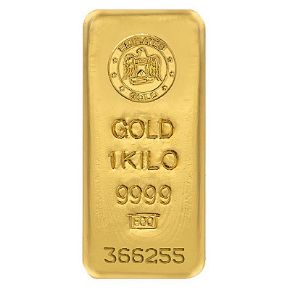
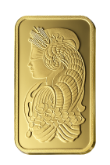
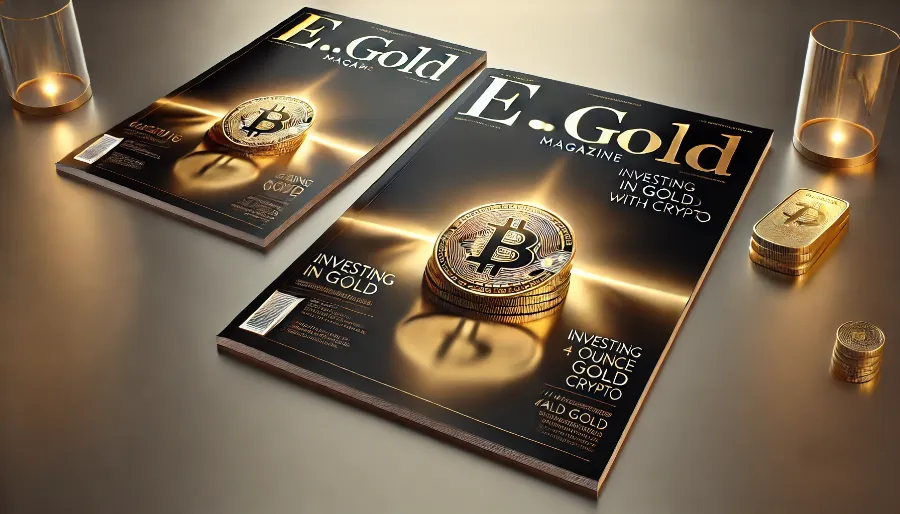
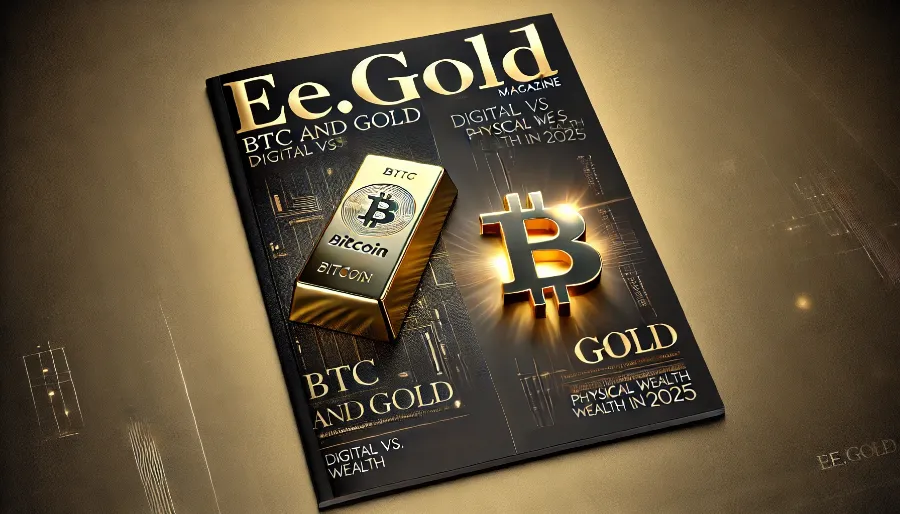

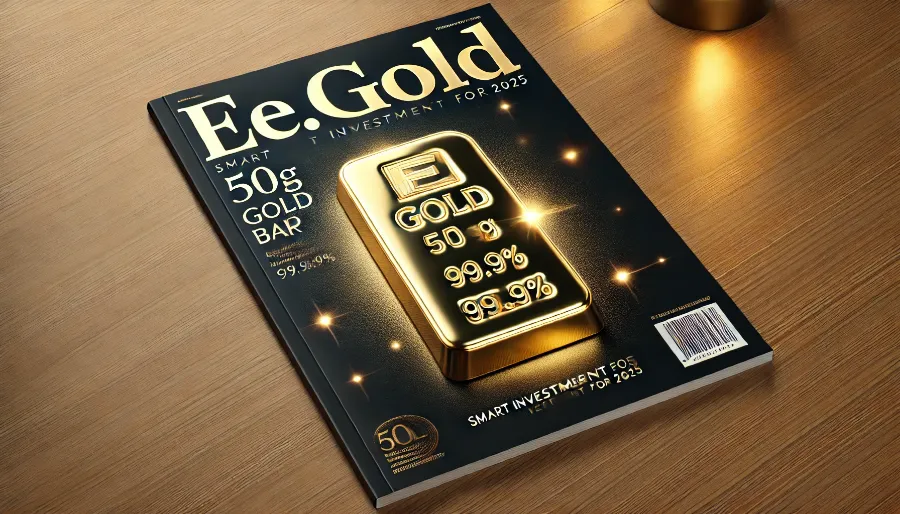
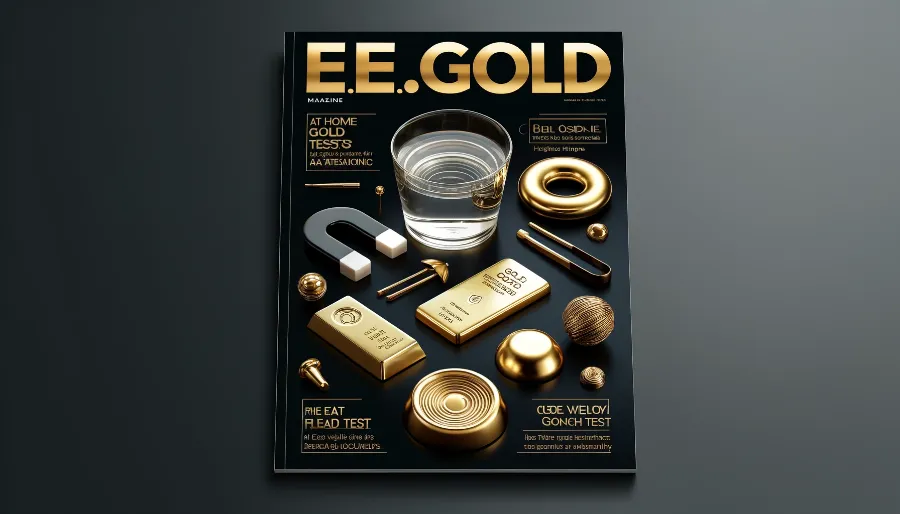
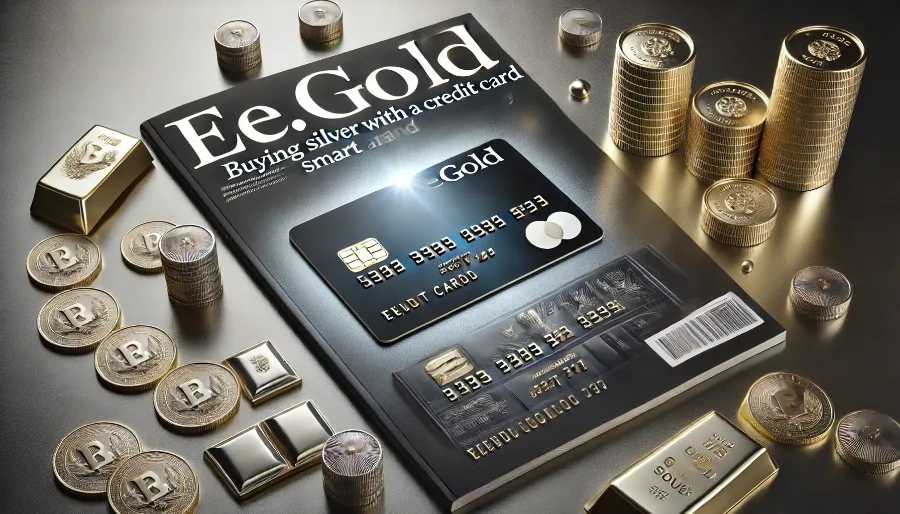
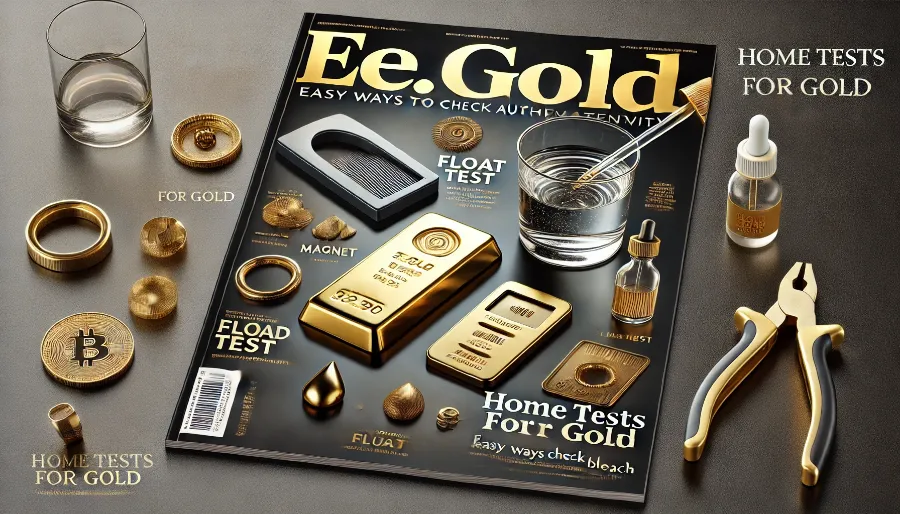
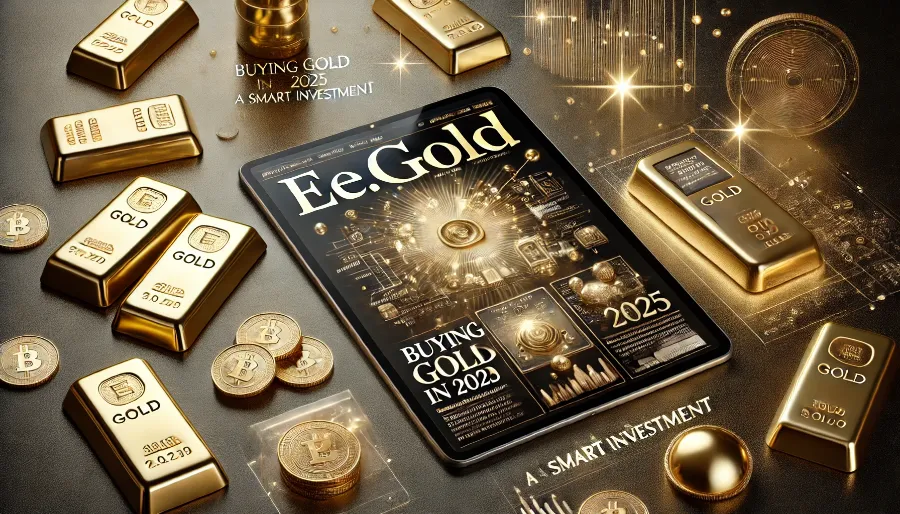
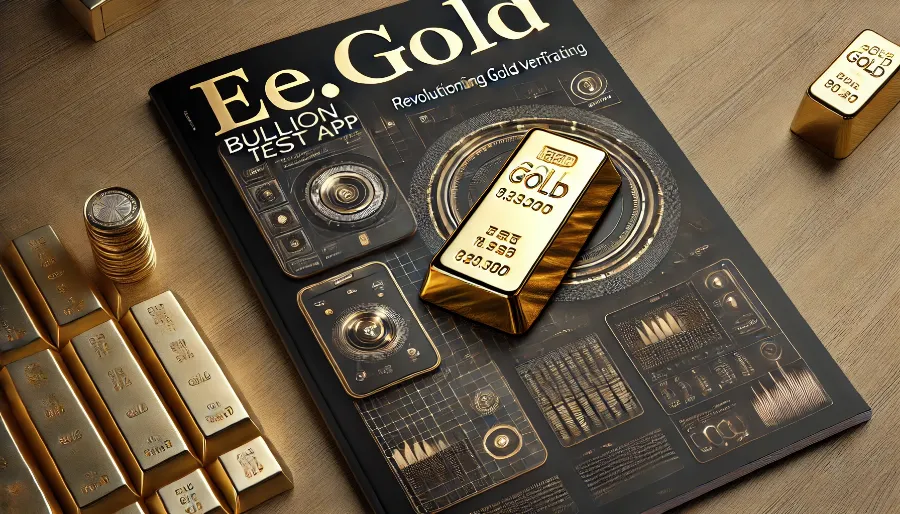
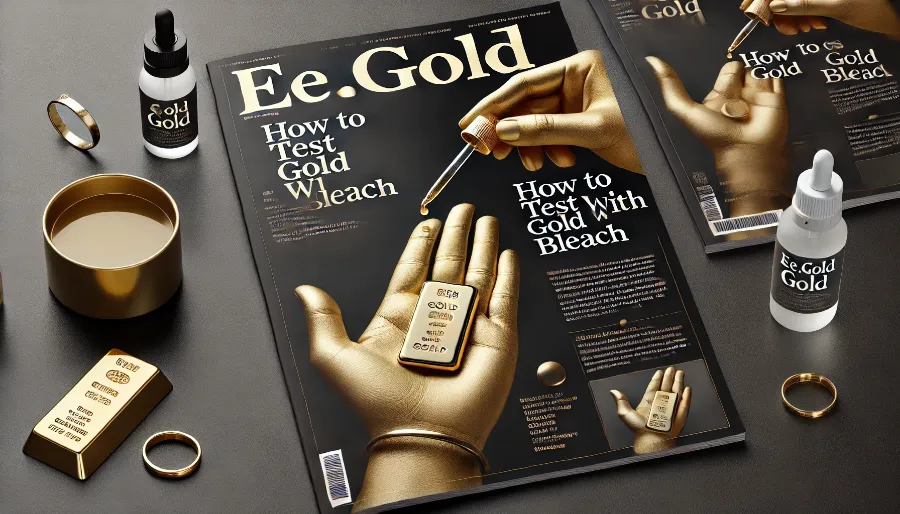




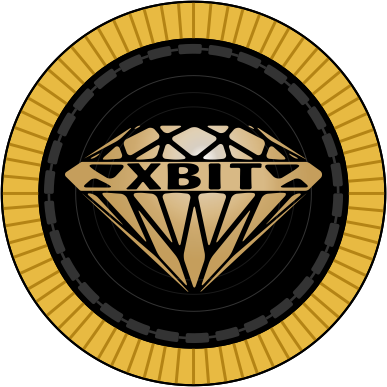


.png)

